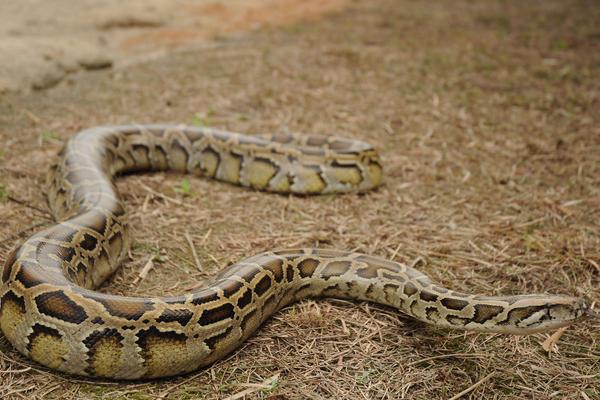Generally speaking, the life span of a snake is related to its size. The larger the size, the longer the life span. The same is true for other animals in nature. Many snakes are not only dangerous, but their whereabouts are very secretive, so it is difficult to count the exact age of the snake, and only approximate data can be given.
Snakes are a large group of animals under the class of Reptiles in the phylum Chordata. Affected by factors such as living conditions, living habits, and types of snakes, snakes do not have an accurate average lifespan.
generally:
The life span of small snakes is about 2 to 5 years.
The lifespan of medium-sized snakes is about 5-12 years.
The life span of large snakes is about 10-20 years.
Take the king cobra as an example, its average life span is about 5-12 years. The King Cobra is not only one of the most venomous snakes in the world, but also the longest venomous snake in the world. It has a fierce temperament, and other small snakes are one of its staple foods.

In addition, there are also very large snakes in nature-pythons and anacondas, which are not only large, but also several meters in length. The main difference between them is that the anaconda is ovoviviparous, and the python is oviparous. These huge snakes can live about 30-40 years, or even longer.
Generally speaking, snakes raised in captivity live longer than snakes that grow naturally in the wild. Because there are natural enemies of snakes in the wild, as well as various uncertain factors such as food and environment.
Fossil evidence shows that snakes have been living on the earth for 130 million years. Except for Antarctica, it is widely distributed around the world, and traces of snakes can be found in water, trees, caves, and the ground. There are more than 3400 kinds in total, among which there are more than 240 kinds in China. In addition to land, there are actually snakes in the sea. In tropical and temperate regions, the species of snakes are generally more abundant, and the farther to the north, the fewer species and numbers.
Snakes are generally long and slender, with three parts including head, trunk, and tail, and the body is covered with scales. Since the snake has no feet, it mainly relies on the friction between the body and the ground to advance in the S-shaped direction. Snakes are not only agile, but also have super perception ability. Some snakes are also highly venomous. Snake venom is very lethal to the human body. Because of the capture of small animals, snakes enter the farmland and come into contact with humans. It is estimated that about 100,000 people die from the mouth of poisonous snakes in the world every year. The interesting thing is that some venomous snakes become less toxic after several generations of artificial reproduction.
Due to the wide variety and large differences in body size, snakes have a wide range of diets. Birds, frogs, rats, insects, etc. are their food. Pythons and boa constrictions will also prey on rabbits, deer, sheep and other animals. A characteristic of snakes is that they do not eat carrion and generally only catch lively animals. However, there are special circumstances. Snakes can also change their feeding habits under captivity or extreme starvation.
Snakes are temperature-changing animals. 20~30℃ is the most suitable living temperature for snakes. When the temperature is lower than 10℃, the snake will stop all activities and enter a state of hibernation. Therefore, in the winter in the north, you can't see snakes.
It is safe to say that no snake in nature can live for hundreds of years, let alone thousands of years. It's not that they haven't found it, but snakes have physiological limits, just like humans, this is determined by genes.




 Account not verified
Account not verified